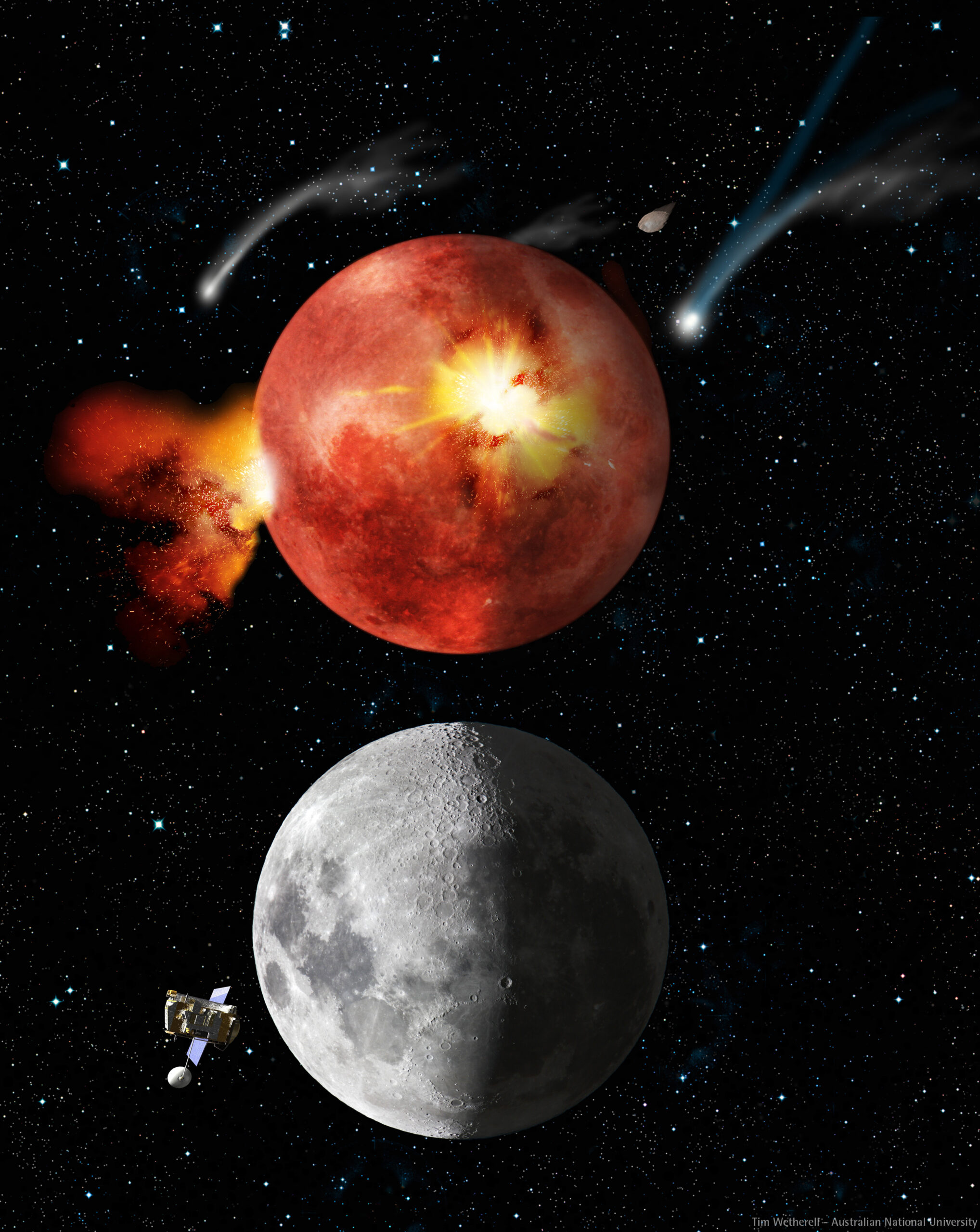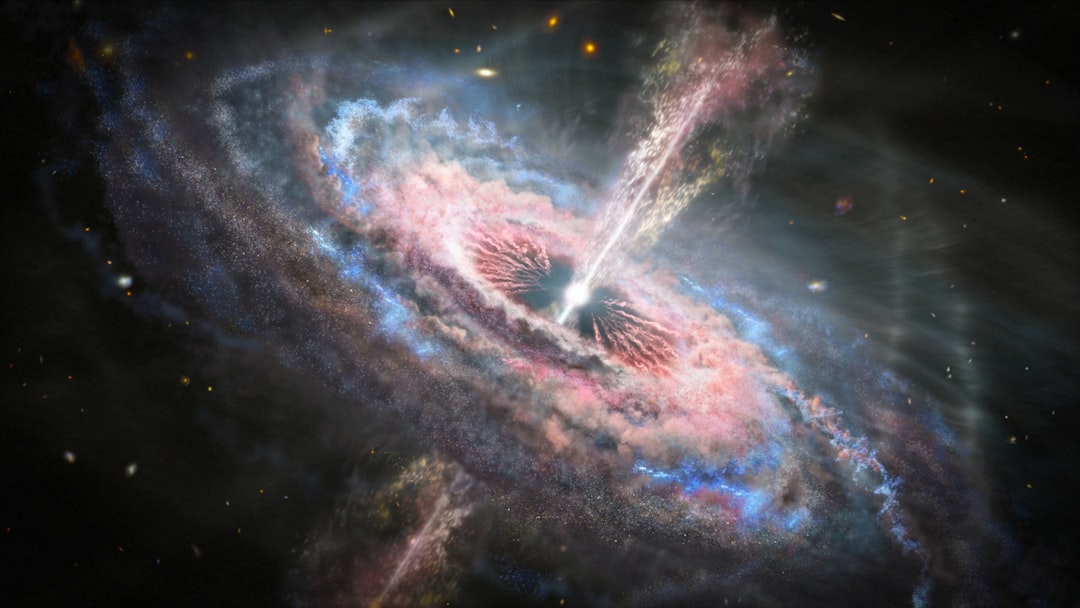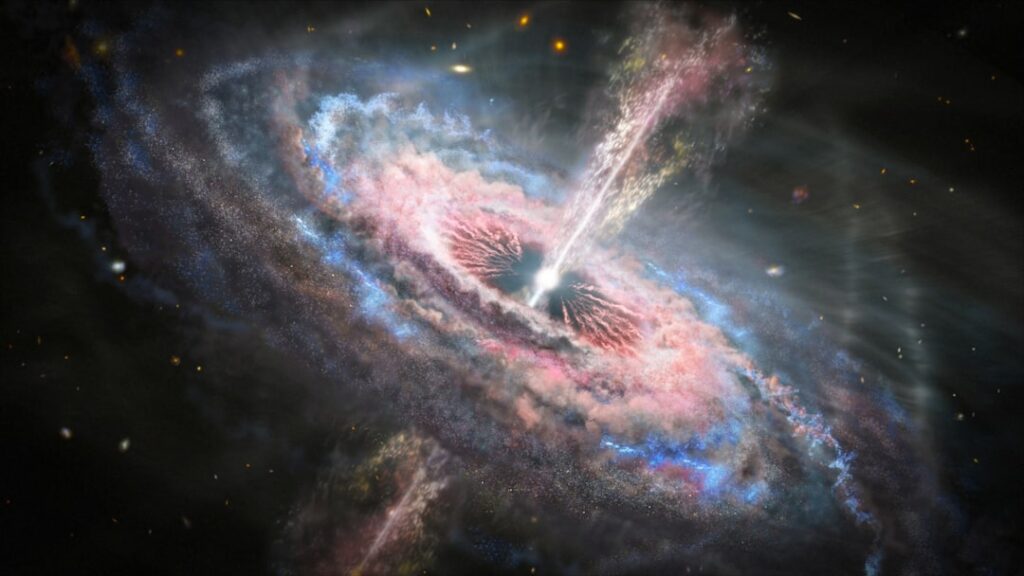Picture this: you’re looking up at the night sky, wondering what secrets the cosmos might hold about our planet’s mysterious past. What if I told you that scattered across the vast darkness of space are incredible phenomena that act like cosmic time capsules, each one potentially holding clues about Earth’s earliest days? From ancient bombardments that shaped our world to radiation that’s been traveling since the dawn of time, deep space is practically screaming with information about our planet’s hidden history.
These aren’t just pretty space pictures we’re talking about – they’re genuine scientific goldmines that could revolutionize everything we thought we knew about how Earth became the life-sustaining world we call home today.
The Late Heavy Bombardment: Scars That Tell Stories

Around four billion years ago, our young inner solar system underwent a cataclysmic pummeling by asteroids that carved huge basins into Earth’s Moon, with impacts increasing during a period known as the Late Heavy Bombardment that lasted approximately 300 million years. Such impacts could have included strikes by asteroids hundreds of kilometers in diameter, with explosions so powerful that they vaporized all the Earth’s oceans. Think of it like nature’s most violent renovation project – one that completely reshaped not just our planet’s surface, but potentially its entire evolutionary timeline.
Recent research has found that early asteroid bombardment may have delayed the growth of oxygen on the planet, as impactors struck the Earth and the vapors would have chemically consumed the oxygen that was around, essentially sucking it out of the atmosphere. Around 2.4 billion years ago, around the time bombardment slowed down, the Earth went through a major shift known as the Great Oxidation Event. This cosmic assault wasn’t just destroying things – it was literally rewriting the chemistry of our entire atmosphere and setting the stage for life as we know it.
Cosmic Microwave Background: The Universe’s Baby Pictures

The cosmic microwave background is a snapshot of the oldest light in our universe, from when the cosmos was just 380,000 years old, and this light carries information about the very early universe. The CMB radiation was emitted when the universe was 380,000 years old, only a few hundred thousand years after the Big Bang, long before stars or galaxies ever existed, and by studying the detailed physical properties of the radiation, we can learn about conditions in the universe on very large scales at very early times. It’s like having the ultimate throwback photo from when the universe was just a baby – except this photo contains the blueprints for everything that would come next.
Measuring the larger-sized anisotropies reveals how much dark energy, dark matter, and ordinary matter are contained in the universe, while the smaller anisotropies reveal the tiny fluctuations in density that gave rise to the pattern of galaxies and galaxy clusters we see today. Images of polarized light from the CMB show very subtle variations in the density and velocity of the gases that filled the young universe, and eventually, gravity pulled the denser areas together to form stars and galaxies. These ancient light patterns are essentially showing us the seeds that would eventually grow into everything we see around us today.
Mars Biosignature Discoveries: Our Planetary Twin’s Ancient Secrets

NASA’s Perseverance rover discovered leopard spots on a reddish rock nicknamed “Cheyava Falls” in Mars’ Jezero Crater in July 2024, and scientists think the spots may indicate that, billions of years ago, the chemical reactions in this rock could have supported microbial life. The rock showed signs of past water, organic material, and clues suggesting chemical reactions by microbial life, and after a year’s worth of scientific scrutiny, the “Sapphire Canyon” rock sample remains the mission’s best candidate for containing signs of ancient microbial life processes. If confirmed, this discovery could completely change how we understand the potential for early life throughout our solar system.
This finding suggests that Mars could have been habitable for a longer period or later in the planet’s history than previously thought, and that older rocks also might hold signs of life that are simply harder to detect. Since Mars and Earth formed from the same cosmic neighborhood and experienced similar early conditions, understanding Mars’ ancient biosphere could provide crucial insights into what our own planet looked like during its earliest, most mysterious chapters. The red planet isn’t just our neighbor – it might be our best window into understanding how life could have emerged on Earth billions of years ago.
Stellar-Mass Black Holes: Cosmic Time Capsules from Ancient Supernovae

Significant advancements in black hole research occurred with the discovery of Gaia BH3, the most massive stellar-mass black hole identified in the Milky Way, and new polarized light images of Sagittarius A* suggesting the presence of a hidden jet. Gaia BH3 is in a binary system with a star 1,926 light-years away, and the motion of the visible star revealed an invisible companion weighing 33 solar masses. This massive black hole is like a cosmic fossil – the collapsed remains of an incredibly massive star that died when our galaxy was much younger.
Stellar-mass black holes are left when a massive star ends its life as a supernova, ranging from a few to 100 times the mass of our Sun. These ancient remnants preserve information about the early universe’s stellar population and the conditions that existed billions of years ago. By studying black holes like Gaia BH3, scientists can piece together what kinds of massive stars existed in the early galaxy and how they influenced the chemical evolution of space around them – including the region where our solar system would eventually form. They’re essentially cosmic time capsules that have been waiting patiently in the darkness, holding secrets about the stellar generations that preceded our Sun.
Ancient Impact Spherules: Earth’s Hidden Bombardment Record

Scientists have analyzed asteroid remnants called “impact spherules” – glassy, sand-sized particles that are actually re-solidified drops of molten rock, formed when the energy from an asteroid or comet vaporized rocky materials in the planet’s crust. Using this new data of additional impact events, researchers found that they had previously underestimated how often asteroids and comets struck the infant Earth, with a cosmic crash happening every 15 million years – 10 times more frequently than previously thought. These tiny glass beads scattered throughout Earth’s ancient rock layers are like microscopic witnesses to our planet’s violent past.
Although Earth’s scars have long since been covered, researchers can study millimeter- to centimeter-thick layers of rock droplets known as spherules, and spherule layers, if preserved in the geologic record, provide information about an impact even when the source crater cannot be found. Studies using models to deduce impact sizes based on spherule bed properties found that some of the asteroids were about 40 kilometers in diameter, much larger than the one that killed off the dinosaurs about 65 million years ago. These ancient impact markers are rewriting the story of Earth’s early history, revealing a much more chaotic and dangerous young planet than we ever imagined.
Conclusion

The cosmos isn’t just a beautiful backdrop to our earthly existence – it’s an active library containing the most incredible collection of information about our planet’s deepest secrets. From the cosmic microwave background radiation that shows us the universe’s baby pictures to the tiny spherules buried in ancient rocks that reveal Earth’s violent past, space is practically bursting with clues about how our world became the remarkable place it is today.
These discoveries are revolutionizing our understanding of Earth’s ancient history in ways that seemed impossible just a few decades ago. The Late Heavy Bombardment didn’t just pummel our planet – it may have delayed the rise of oxygen and fundamentally shaped the timeline of life itself. Mars is revealing that the ingredients for life were scattered throughout our solar system billions of years ago. Ancient black holes are showing us what kinds of massive stars lit up the early galaxy, while impact spherules are proving that our young Earth was hit far more often and far harder than we ever realized.
What’s truly mind-blowing is that we’re just getting started. With new telescopes, rovers, and detection methods coming online, who knows what other cosmic secrets are waiting to be uncovered? Did you expect that the answers to Earth’s most ancient mysteries would be written in the stars themselves?



